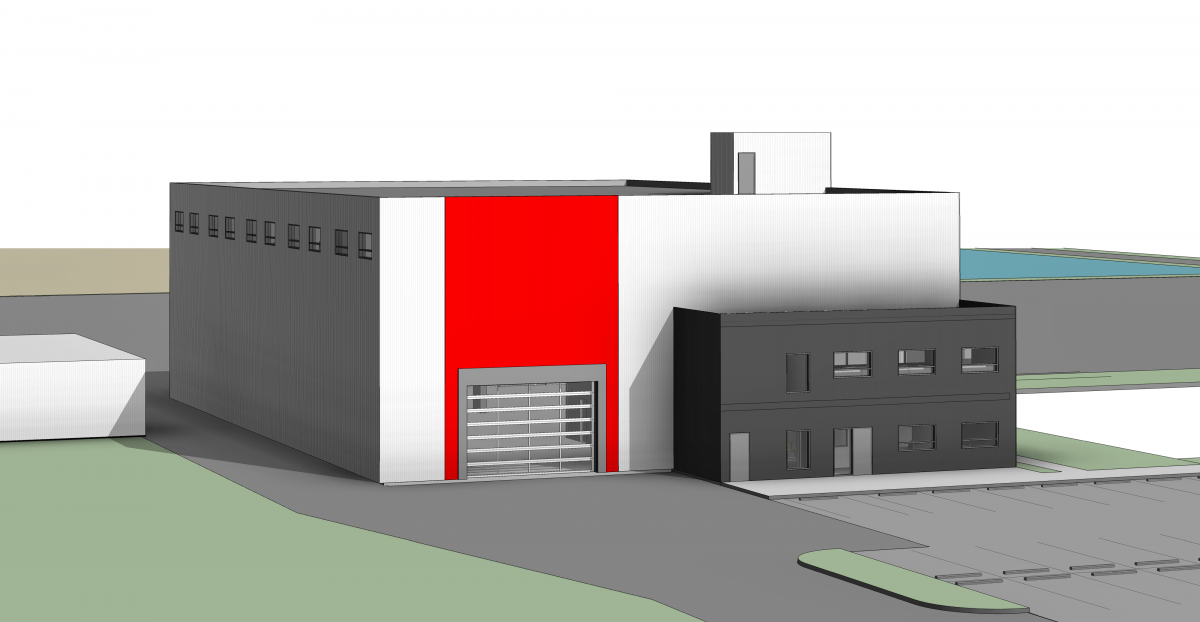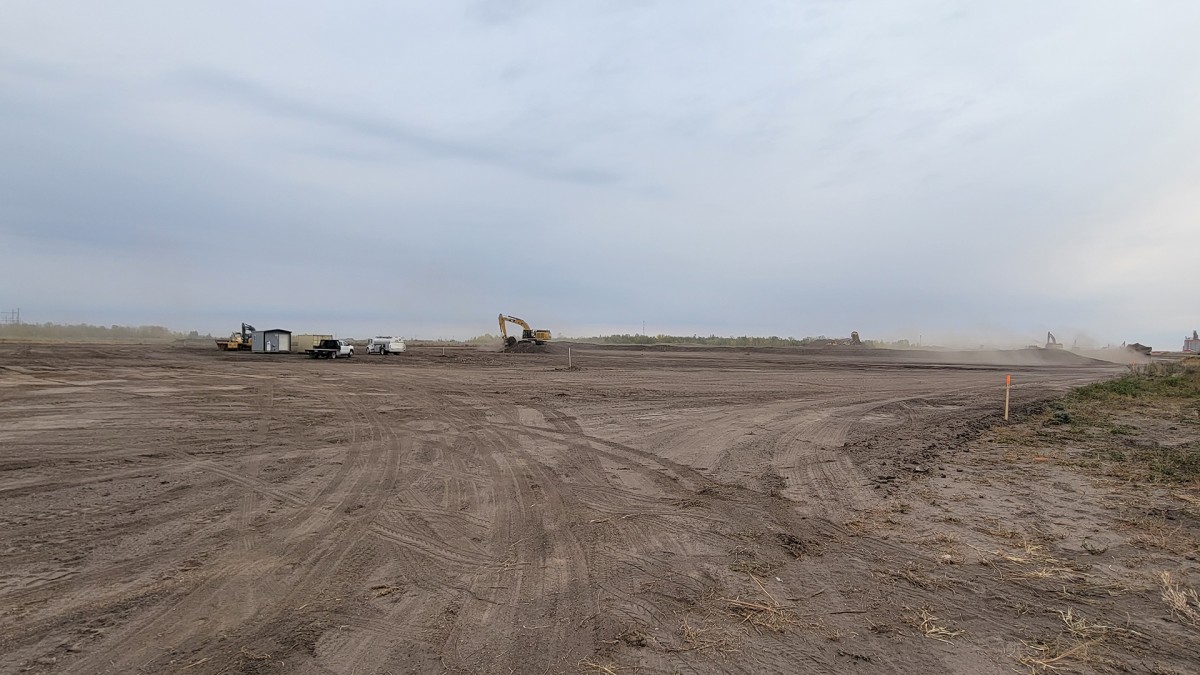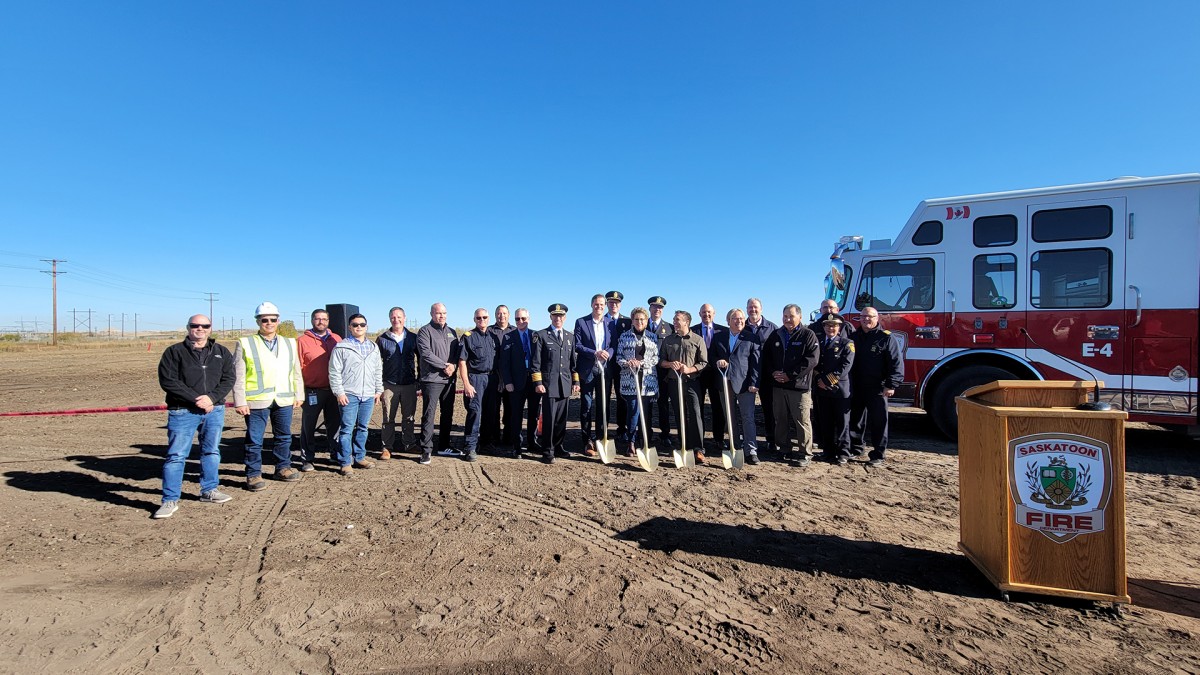Regional Training Facility

SFD takes an all-hazards approach to its emergency response and offers a full spectrum of services to protect life and property in the community. Training for an all-hazards emergency response is a complex undertaking that involves a variety of diverse and highly specialized skills that need to be learned and reviewed to ensure both competency and safety. Due to the dangerous nature of the work and evolutions within the fire industry, it is best practice to teach and learn skills in a purpose-built training environment where training can be realistic, and skills can be developed with minimal risk or consequence. The investment in a regional training facility will position SFD to be a leader in service, technology, equipment and training.
The new training facility will:
- Enhance safety for trainees – Permanent structures and spaces will result in a safer, more controlled environment. It will be designed for controlled training and repeatable safe practices.
- Improve allocation of training resources – Permanent infrastructure will avoid costs and labour associated with the setup and takedown of temporary structures.
- Offer training specific to Saskatchewan – The new facility will accommodate training infrastructure that is tailored to weather, building codes and other factors specific to our province.
- Build a stronger Fire Service – Continuous training provides firefighters with more experience that results in an increased level of service and safety.
- Open opportunities for local candidates – A local training facility removes barriers and opens opportunities for local candidates to achieve education and training close to home. This widens the candidate pool and increases the chances of recruiting a workforce that is more reflective of the community SFD serves.
- Be a resource for regional partners – The new facility will widen the range of training opportunities for regional partners such as fire departments, public safety agencies, industrial responders and other private and public sectors who will have access to the facility.
Planning Process and Timeline
An estimate of the planning process and timeline for completion of the new training facility is as follows:
- Request for Qualifications: July 2022
- Request to Tender issued to selected contractors: July 2022
- Project Tender awarded: August 2022
- Phase 1 - Servicing land and relocation of existing structures begins: September 2022
- Phase 1 completion: Summer 2023
- Phase 2 - Indoor training facility construction: TBD
*These dates are best estimates and may fluctuate based on weather and other unforeseen circumstances.
Facility Design
- Indoor Training Facility - large enough to operate an apparatus indoors.
- Facility will include:
- Training arena
- Classroom
- Meeting rooms
- Administrative areas
Natural Infrastructure
This project is funded in part by the Government of Canada’s Natural Infrastructure Fund.
Development of the training site and its stormwater management includes a number of natural infrastructure components including:
- Site grading and drainage path
- A natural retention pond (16,000 m3) with a 20-meter-wide naturalization shelf
- A bioswale (1,800 m3) with native aquatic plants suitable for reducing sediment and nutrient loads to downstream water bodies
- An influent structure that will help break solids and other large debris into smaller particles that are easier to treat
- An outflow structure that will balance the inflow, outflow and storage of water to meet the hydraulic needs of the training facility
Photos

September 2022

September 21, 2022 - SFD announces breaking ground on new Regional Training Facility
